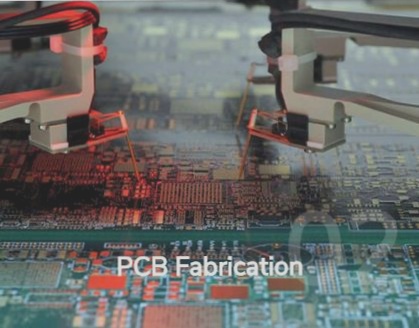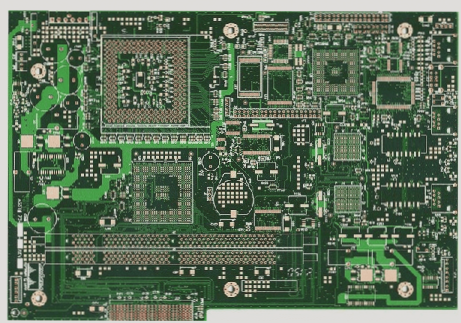Essential Tips for Managing Heat in PCB Design
Working with power electronics, embedded systems, or designing a new motherboard involves dealing with rising temperatures in your system. High temperatures can shorten the life of your circuit board and lead to critical system failures. Here are some key considerations to help you manage heat effectively:
Estimate Operating Temperature
- Consider the operating temperature, environment, and power dissipation of components to determine the board’s temperature.
- Use this information to develop custom cooling strategies.
Choose the Right Cooling Methods
- Components with higher power dissipation require efficient cooling methods.
- Check industry standards for component temperatures and consider active or passive cooling based on ambient conditions.
Implement Effective Cooling Solutions
- Passive cooling works best with lower ambient temperatures, while active cooling is more effective in higher ambient temperatures.
- Utilize thermal pads, heat sinks, or thermal paste to enhance heat dissipation.
Enhance Thermal Management
- Consider adding fans for active cooling if passive methods are insufficient.
- Explore options like evaporative cooling or coolant systems for substantial heat dissipation.
Optimize Board Layout
- Use copper pads, ground planes, and wider traces to improve heat dissipation and signal integrity.
- Prevent thermal cycling stress by designing vias and traces carefully to avoid damage to the PCB.
By following these tips and strategies, you can effectively manage heat in your PCB design, ensuring the longevity and reliability of your system.


